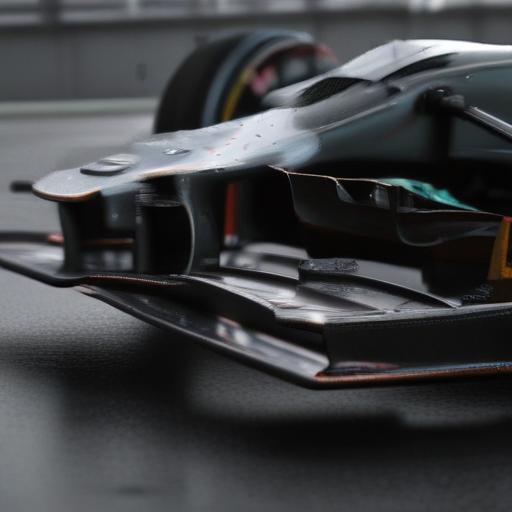The Mercedes Formula 1 team has decided to temporarily shelve its upgraded rear suspension, which was introduced at the Emilia Romagna Grand Prix in Imola, as it seeks to refine the enhancement further. This revision was part of a broader update package that also included a new front wing and modified front suspension fairings.
Specifically, the rear suspension geometry was altered, featuring a new inner pickup point for the top wishbone’s forward leg, joined to the inner lower wishbone forward pickup point. The changes appeared to have moved the pickup point approximately 25mm to 30mm lower, suggesting adjustments were also made to the inner mounts of the wishbones to accommodate this modification.
Despite the intentions behind these updates aimed at enhancing mechanical and aerodynamic performance, both drivers, George Russell and Kimi Antonelli, experienced challenges in achieving the consistent performance they previously enjoyed earlier in the season. Following an unsatisfactory performance in Imola, the team reverted to their earlier specification for the Monaco Grand Prix to better navigate the familiar tracks of Monte Carlo.
The decision whether to introduce the revised suspension to the upcoming Spanish Grand Prix had been under consideration, but the team ultimately concluded it required further development at the factory. As a result, they will continue with the suspension configuration from the start of the season. Currently, the timeline for when the new suspension will return to competition remains undetermined.
This recent period of performance has highlighted the uncertainty at Mercedes regarding their competitive form, which has dipped since Bahrain following a strong start to the 2025 season. As Ferrari and Red Bull close in on their points in the constructors’ championship, both the environmental conditions and the timing of upgrades have come under scrutiny. Mercedes boss Toto Wolff has stated there’s no clear understanding of whether performance issues stem from a flawed upgrade or difficulties in handling high temperatures, similar to challenges faced in the previous year.
Another noteworthy feature of the Imola updates was the new front wing design, which employed a different flap connector arrangement and returned to a longer nose design. This strategic change was made just ahead of a new FIA technical directive enforcing stiffer wings at the Spanish GP, where competitors like Ferrari are also planning aerodynamic adjustments for compliance.
In essence, the recent modifications serve as a testing ground for the Mercedes team, allowing them to collect crucial data while adhering to impending regulatory changes, potentially positioning them favorably as they head into future races.
This situation illustrates the intricacies of Formula 1 development, where every minor adjustment can significantly impact competitive performance. By focusing on continuous improvement and adaptability in the face of challenges, Mercedes aims to reclaim its previous status and continue pushing the boundaries of racing technology.
